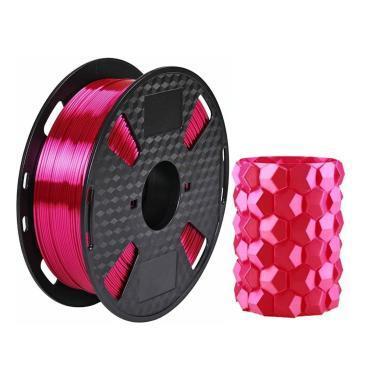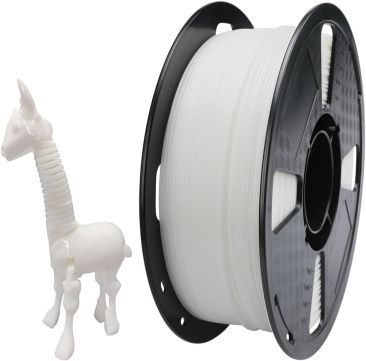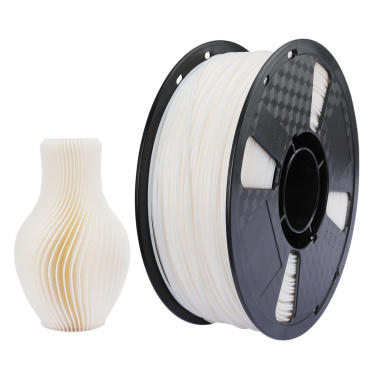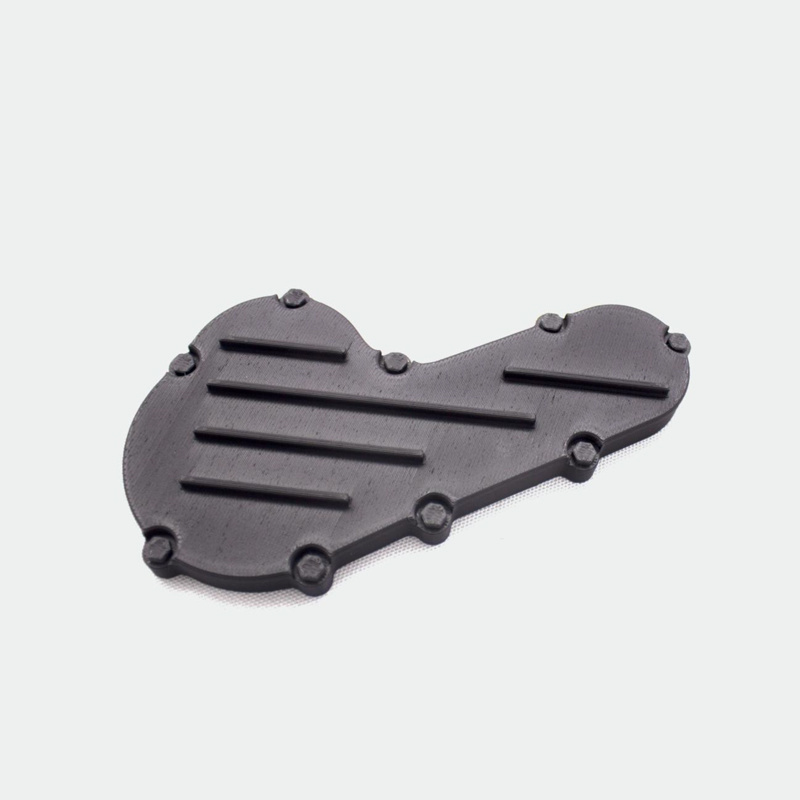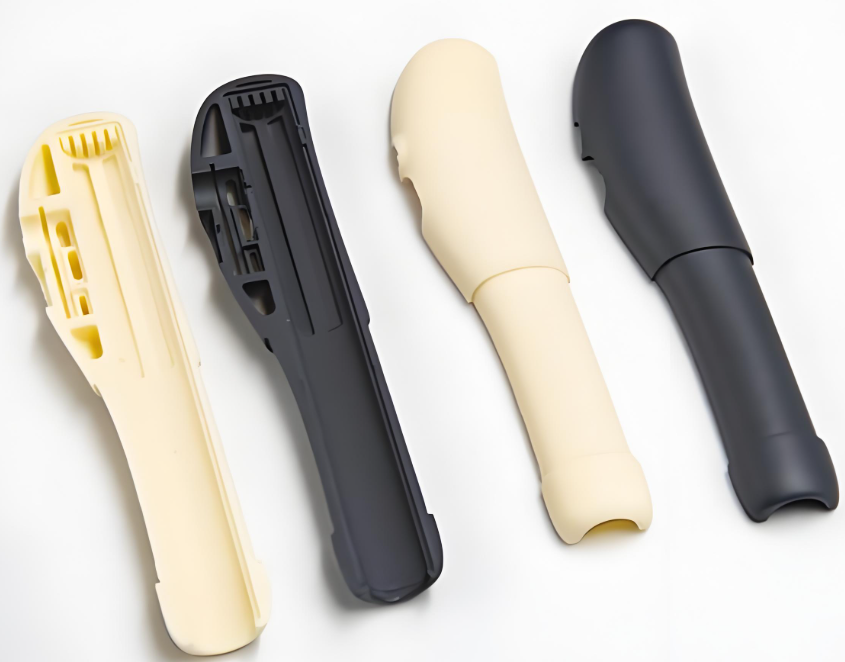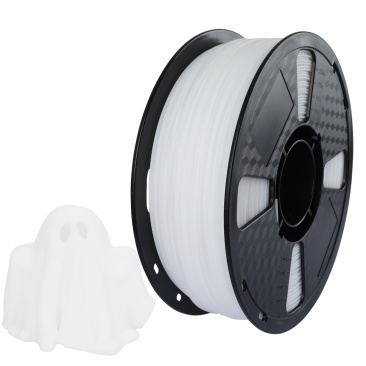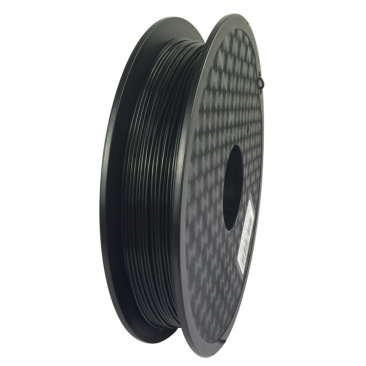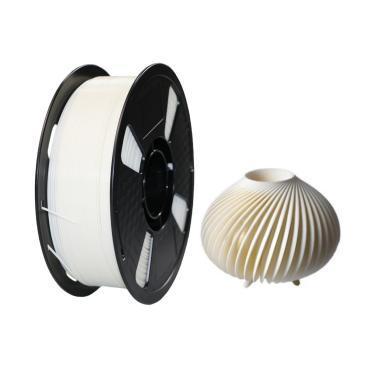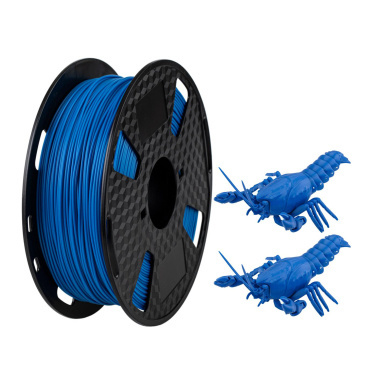Harvard scientists develop algae bio ink to improve the feasibility of 3D printing tissues in biology
Aug 29,2024
Scientists at Harvard Medical School have developed a novel algae based bioink that, once 3D printed into soft tissue structures, exhibits enhanced cellular vitality. The team formed bio ink by combining photosynthetic algae and human liver cells into a hydrogel matrix, and then used it for 3D printing hexagonal structures with realistic liver "lobules". Due to the natural tendency of algae to release oxygen, human cells that undergo biological printing and dyeing are able to reproduce, exhibit increased function, and produce liver specific proteins.
In the future, researchers believe that their new bioprinting technology can be applied in fields ranging from drug development and personalized medicine to algae based healthy snacks. The senior author of this paper, Y Shrike Zhang said, "This study is the first real-life example of symbiotic tissue engineering combining plant cells and human cells in a physiologically meaningful way. Our research provides a unique example of how we can utilize common symbiotic strategies in nature to enhance our ability to engineer functional tissues in the human body
The hexagonal bioprinting structure of the research team (as shown in the figure) has been proven to support 92% of cells within 7 days
The hexagonal bioprinting structure of the research team (as shown in the figure) has been proven to support 92% of cells within 7 days. The photo is provided by the magazine 'Material Problems'.
Urgent demand for 3D printed biological tissues
The shortage of organ donors remains a major issue worldwide, with only about 10% of transplant needs currently being met according to data from the World Health Organization. Therefore, the urgency of developing artificial substitute products is increasing, and in recent years, 3D bioprinting has made significant progress in this field. Although researchers have adopted different methods, the resulting structures filled with cells often lack the cellular viability that would make them useful in their final use cases. For example, scientists at Washington State University (WSU) have also created a naturally enhanced hydrogel that is not yet ready for medical use.
The vitality of cells largely depends on their level of oxygen exposure, and it has been demonstrated that even distribution of oxygen contributes to cell growth. However, due to destructive by-products and inconsistent release curves, previous attempts to oxygenate hydrogels filled with cells using oxygen distributing biomaterials have stopped. According to China 3D Printing Network, in order to overcome these limitations, the research team adjusted the algae rich hydrogel developed by Dresden University of Technology to contain higher cellulose concentration. Natural polymers not only provide integrity for scientists' hydrogels, but also ultimately prove their ability to enrich their tissues for 3D printing.
Latest News


